How many calories do YOU need per day?
A calorie is simply a unit of energy used to describe how much heat or thermal energy is contained within an organic (carbon containing) compound. The exact definition of a calorie is "the amount of thermal energy necessary to raise the temperature of one gram of water by 1 Celsius degree, at a pressure of 1 atm." Calories are not limited just to foods, but all organic compounds such as wood or petroleum (that can be burned) contain calories.
Not All Calories are Created Equal
One of the biggest misconceptions is that all foods are equal in terms of calories, but this simply is not true. The difference comes down to the macro-nutrient profile of the food. One gram of carbohydrate contains 4 calories, one gram of protein contains 4 calories, and one gram of fat contains 9 calories. All of these macro-nutrients can be converted into energy, but since the human body runs solely on glucose, every gram of macronutrient containing compound much first be broken down to glucose in order to be converted into energy within our cells.
Why carbohydrates make you lean!
Carbohydrate calories are the easiest of the macronutrients to break down into glucose because their chemical structure already resembles that of a glucose molecule. Some carbohydrates are more easily converted into energy compared to others, depending on their molecular size and structure. For instance, simple sugars (found in fruit) are relatively small chains of carbon-hydrate bonds and are the easiest and quickest of the carbohydrates to convert into energy. If you think about a situation where you blood sugar or energy has even been super low (to the point of shakes), as soon as something like apple juice hits your lips, you immediately feel better! Thats how quickly simple sugars are turned to fuel. Complex carbohydrates, like starches, are comprised of much larger carbon-hydrate molecules, with a structure closer to glycogen (our storage form of fuel) vs. glucose, and require more effort (energy) to be broken down and converted into glucose fuel.
But if you consume too many carbohydrate calories won't they turn into fat? Carbohydrates rarely get stored as fat because of their efficient breakdown and high burn rate (consider burned wood vs. oil), plus excess ingested carbohydrates are stored as glycogen (roughly 7000 calories, or 2 lbs worth). In the instance that glycogen storage is exceeded, the rate at which carbohydrates are converted to body fat is extremely inefficient and actually requires energy from the body in order to complete the biochemical process (unlike fat or protein which are easily stored as body fat when consumed in excess of needs). People who have metabolically adapted to a high carbohydrate diet actually have a higher functioning basal metabolic rate (BMR) due to the ease at which carbohydrates are burned within their body, which is indicated via their slightly higher core body temperature.
Whole carbohydrate foods like fruit and starches also contain other weight reducing nutrients such as water and fiber, which help to signal satiation, regulate digestion, and prevent overeating. The reason why carbohydrates get the blame for weight gain occurs because 1. people are not yet adapted to a high carbohydrate diet due to their previous calorie/carbohydrate restrictive dieting background 2. people consider "carbs" to be high fat, high sodium foods like donuts, cakes, pizza, cookies, chips, french fries, bread, etc.
A high carbohydrate, low fat diet comprised of fruit and starches is the leanest diet for humans because it naturally increases the metabolic rate, allowing stored body fat to be burned over time without more body fat accumulating due to the lack of fat in the diet. Because of the metabolic increase, people following a high carbohydrate, low fat diet can actually eat more calories while continuing to effortlessly lose body fat overtime! Keeping the diet low in fat and protein also aids in body fat loss by preventing fat storage by keeping insulin levels low. The best sources of carbohydrate calories come from low fat, low sodium whole plant foods, like fruits, potatoes, rice, oatmeal, pasta, corn, and grains like millet, buckwheat, wheat, and amaranth.
Why high fat/high protein diets cause weight gain
Not only does fat contain a higher number of calories per gram than carbohydrates or protein, but every gram of excess ingested fat goes directly to storage in the human body as triglycerides. Dietary fat was designed for storage due to its extremely large and complex chemical structure, which also makes them an inefficient source of direct fuel for the cells. The metabolic process of converting a fat molecule to glucose is called gluconeogenesis, and involves several energy requiring steps. This process is so inefficient and energy taxing that it actually requires a large amount of fuel (carbohydrate) and water to be available to aid the breakdown of fat, or else the metabolism takes a huge dive. High fat, low carbohydrate diets in particular actually slow the metabolism down so much that our biochemistry begins to function as it would during starvation because of how energetically inefficient it is to turn fat into glucose.
People consuming high fat diets gain body fat 1. because dietary fat is most easily stored as body fat 2. because their metabolism is lowered. High protein diets essentially mimic the effects of a high fat diet because excess dietary protein is also easily converted to body fat, and just like fat, protein is a very inefficient source of fuel, which causes our metabolic machinery to slow down in order to convert the protein into glucose. To top it all off, excess amounts of fat and protein in the diet raise insulin levels, thus promoting fat storage of all macronutrients present in the blood. High fat, high protein diets also dehydrate the body which does further damage to the metabolism, and places an individual at risk for developing heart disease, cancer, kidney disease, diabetes, stroke, and obesity.
Why do people opt for high fat/high protein diets for weight loss?
The significance behind the high fat/high protein diet for weight loss lies in the dehydration phenomenon that occurs when carbohydrates are limited in the diet. A high carbohydrate diet naturally hydrates the system, which aids in keeping the metabolism high and promotes overall health and normal functioning of the system. When carbohydrates are limited in the diet, hydration levels plummet, which is seen as weight loss on the scales. More fluid loss occurs as protein and fat get broken down through the process of gluconeogenesis due to the production of toxic ketone by-products, which must be diluted in order to be eliminated. High fat/high protein diets create the illusion of weight loss, but ultimately lead to weight gain and health complications resulting from a lowered metabolic rate and increased toxic load on the body.
The concept known as calories in vs. calories out is essentially based on the concept of calorie restriction for weight loss and calorie abundance for weight gain. As we've learned not all calories are the same, and the macronutrient content of the diet can have varying effects on the metabolism. Consuming the majority of total daily calories from carbohydrate foods is necessary to maintain normal metabolic functioning, which in turn directly affects all systems of the body including hormonal, immune, muscular, skeletal, and nervous. We need an ample amount of calories daily in order to keep the body healthy. Although calorie restrictive diets promise quick weight loss, it always comes at the cost of our health. Calorie restrictive diets mimic the effects of starvation on the body, lowering the metabolism and promoting chronic degenerative diseases like osteoporosis, hypothyroidism, and early aging. The majority of people who've ever adopted a low calorie diet for weight loss, are unable to sustain the diet long term (without serious health problems) and eventually gain back to their pre-dieting weight plus 10% (I experienced this). It can take years to recover from the metabolic damage caused from chronic calorie restriction. Its incredibly effortless to lose and maintain permanent weight whilst maintaining metabolic health on a calorically sufficient high carbohydrate, low fat, low protein, low sodium diet as long as it is consistently practiced in the long term (at least 3-5 years).
Why eating according to your appetite produces the best results for health, fitness, and weight loss
When you are hungry, your body needs fuel! Ignoring your appetite is the perfect way to lower the metabolism, and set yourself up for a later binge and fat storage (due to decreased levels of leptin in the blood). Hunger, cravings, appetite, satiety, digestion, and energy are the signals by which our body communicates the amount of fuel it needs in order to achieve and maintain optimal health, which varies according to what kinds of fuel you put into your body. Cravings for salt, fat, alcohol, meat, and junk foods are all signs that the body needs more clean, carbohydrate fuel. Fatigue, headaches, insomnia, depression/anxiety, stimulant use (caffeine, nicotine), mood swings, irritability, and lethargy are all signs of carbohydrate calorie deficiency!
So how do we get health, fitness, and weight loss results following our natural appetite? The secret lies in making every meal based on high fiber, high carbohydrate foods like fruit, rice, oatmeal, or potatoes and eating until completely satisfied. When we give the body what it desires in terms of fuel (glucose), we get rewarded with a high metabolism, fat loss, and incredible health, but only if we eat every time our appetite comes up. When we eat enough carbohydrates at every meal, we give our body the fuel it needs to heal and perform in all areas of life. Restricting calories and carbohydrates translates to restrictions in life experiences, and tasks that could be easy become very stressful. Stress is one of the biggest signs that the system needs more fuel, so fill up at every meal to keep the stress away and create a lean, healthy, fit body!
Signs that you are on track with your calorie intake (and metabolism):
1. Daily tasks and exercise seem effortless, or don't create added stress
2. It's easy to keep poise in stressful situations
3. It's easy to find time to exercise during the week AND you're fitness continues to improve
4. You're able to recover quickly from physical exertion
5. Waking up in the morning is effortless and doesn't require stimulants (coffee, cigarettes, etc.)
6. It's easy to fall asleep and stay asleep
7. Digestion and elimination are on point, minimal gas and bloating
8. Appetite is good and hardy
9. It's easy to be happy, productive, and positive
10. Emotional state is rational and stable
11. Skin is clear, smooth, and glowing
My Recommendations
Determining an individuals daily caloric needs involves many factors, including food choices, appetite, activity level, and digestive capacity. In terms of macro-nutrient ratios, an optimally healthy diet will consist of 65% or more carbohydrates, 20% or less protein, and 15% or less fats. For fat loss, it's best to aim for a macronutrient calorie ratio of 85-90% carbohydrates, 5-10% protein, and 5% fat.
In terms of caloric totals, I recommend a minimum of 2000 calories a day for adult women and 2500 calories a day for adult men based on a sedentary activity level. For an ideally healthy and active lifestyle, adult women will need to consume 2400+ calories a day, and men will need 3000+ calories. A great way to determine your own caloric needs would be to base it according to your natural appetite and satiation levels while consuming nutrient dense, high fiber plant-based foods. For those looking for a more objective measure for determining calorie needs, you can determine your BMR (basal metabolic rate) and multiply it by your activity factor (Harris-Benedict Equation) to determine the appropriate calorie needs for your ideal body weight, age, height, and gender.
Well that's it for now! If you have any questions or would like me to elaborate on any of the topics discussed, let me know!

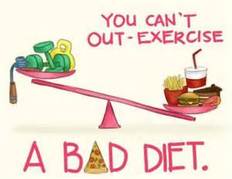
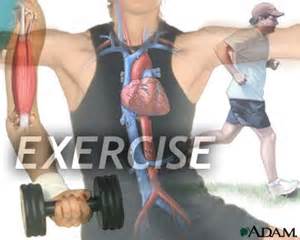

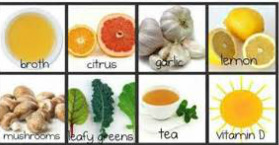

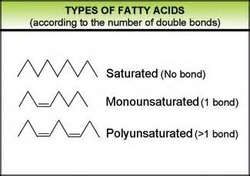
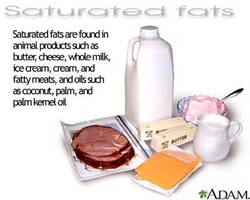
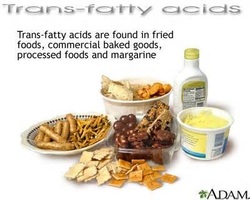
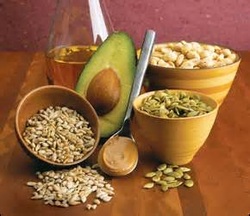
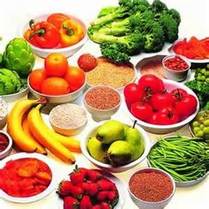

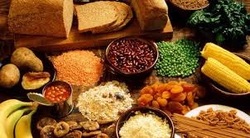
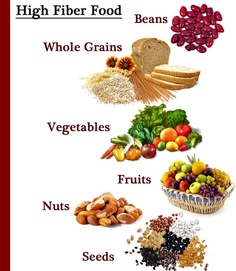

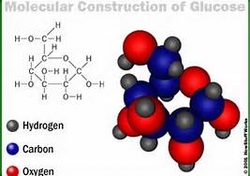
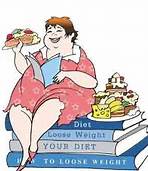
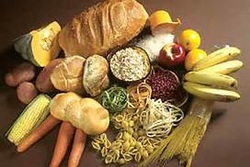
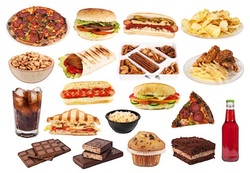

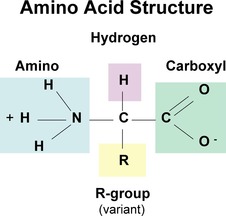
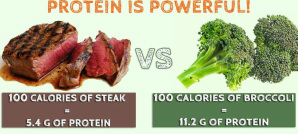
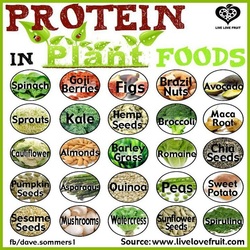

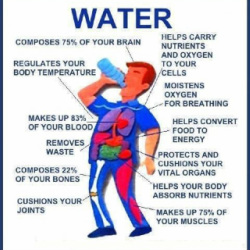
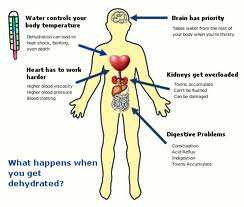
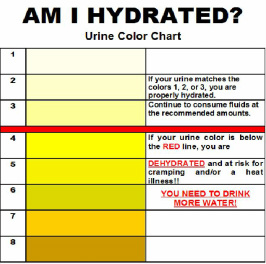


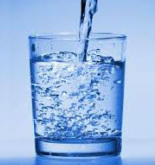


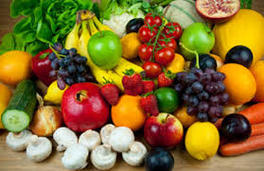


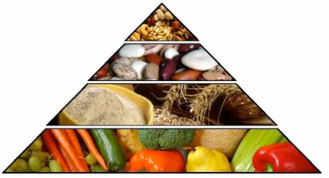
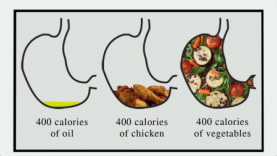
 RSS Feed
RSS Feed
